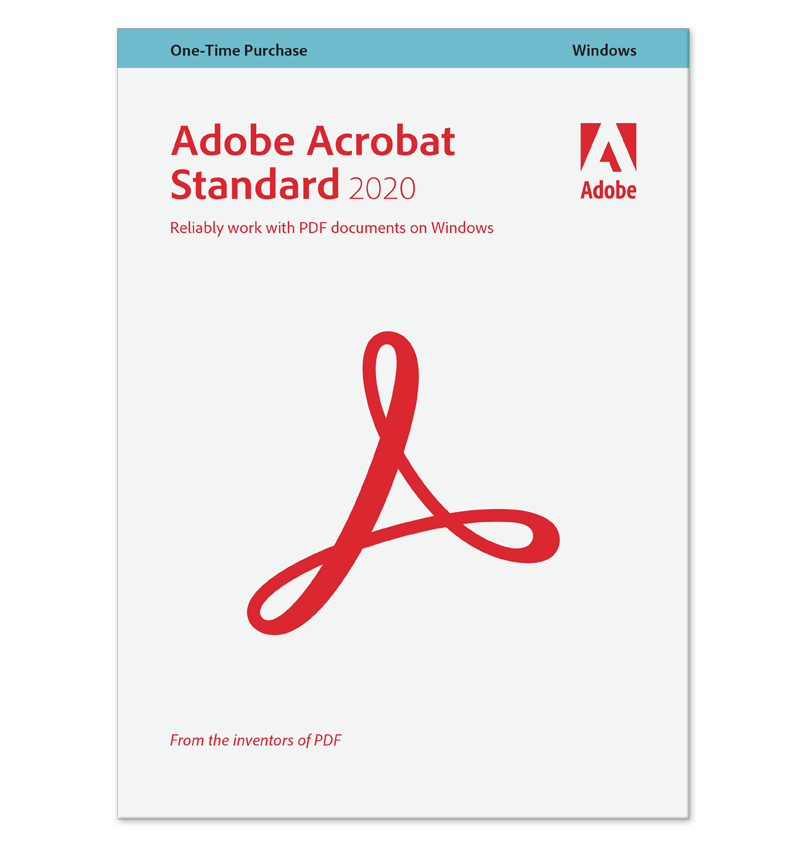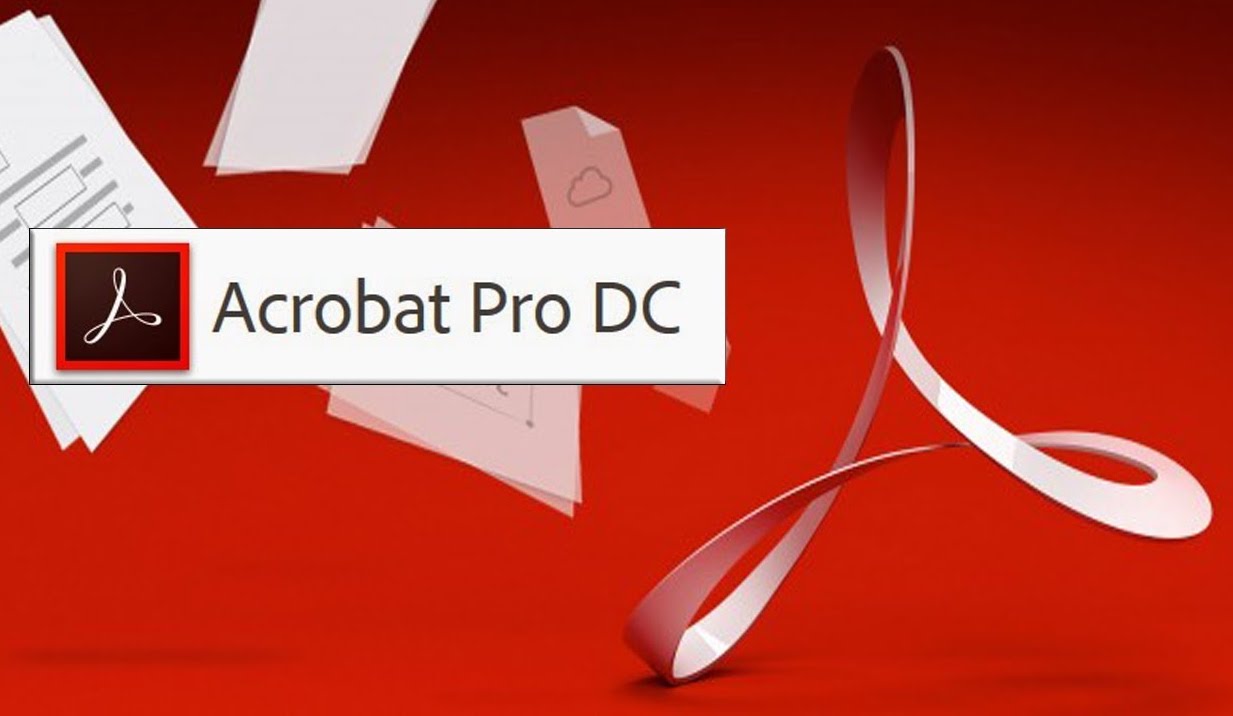
For this, In Finder press Command+Shift+G and type ~/Library in the search field.


You can manually find and remove Adobe Reader’s remaining files or do this automatically with App Cleaner & Uninstaller from Nektony.We recommend that you always check your Mac for applications’ remaining files for the complete uninstallation.

Even if you use the native Adobe Reader’s uninstallers, some support files might be left on your Mac.It is very important to remove all Adobe Reader’s support files to uninstall the application completely. Note that every application creates tons of service files and stores them all over your system.Important notes about uninstalling Adobe Reader from Mac:


 0 kommentar(er)
0 kommentar(er)
